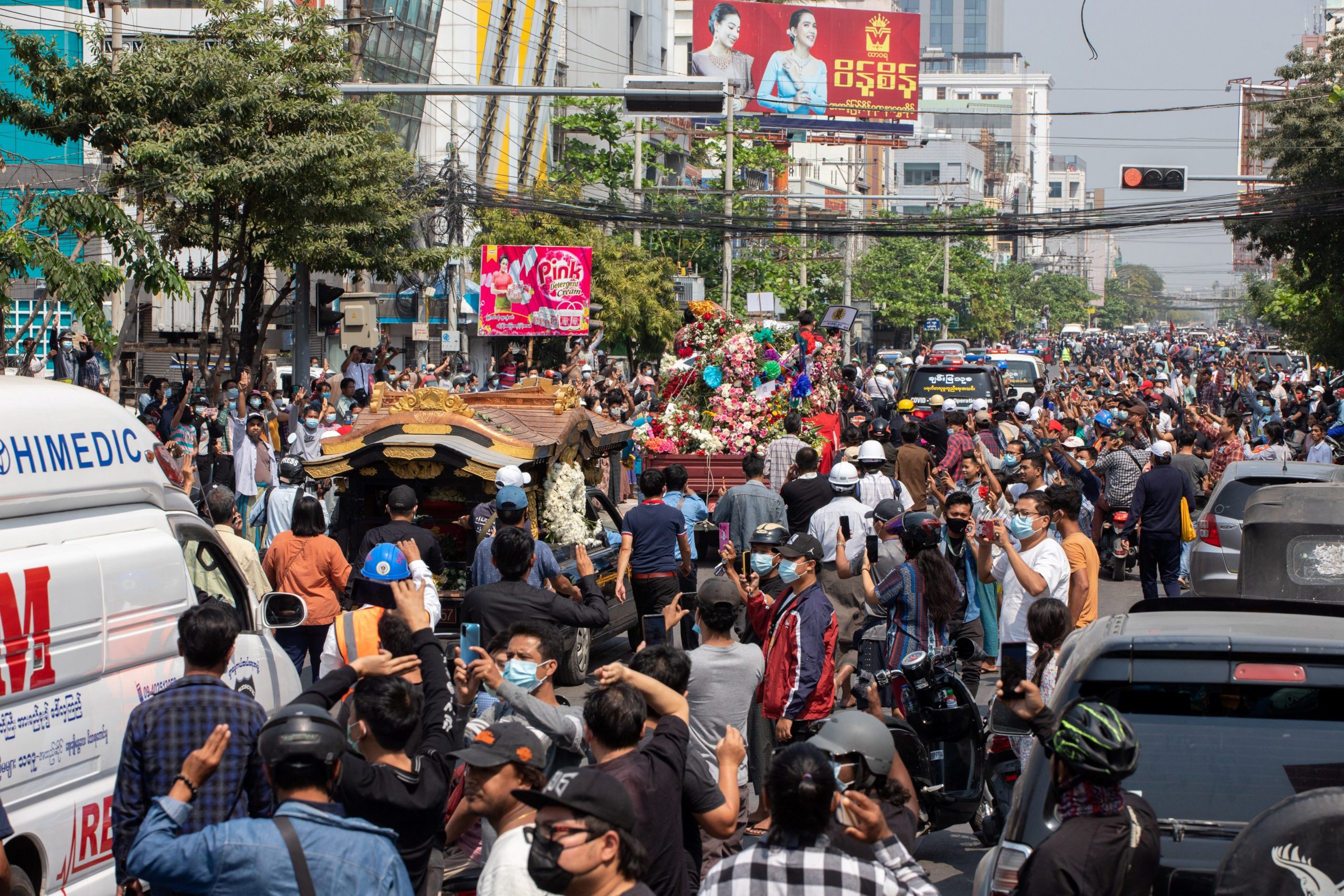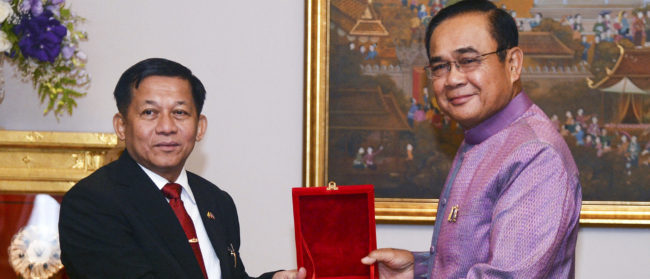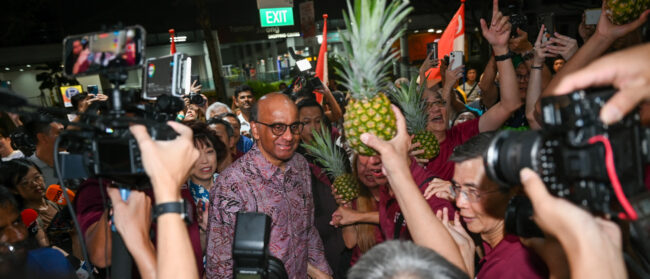Defiant anti-coup protesters returned to cities and towns across Myanmar on Thursday after dozens of people were killed in the deadliest day of the junta’s crackdown, with global powers condemning the “brutal violence”.
At least 38 people died on Wednesday, according to the United Nations, when online images streamed out of Myanmar showing security forces firing into crowds and blood-covered bodies of protesters with bullet wounds in their heads.
Myanmar’s military staged its coup on February 1, ending a decade-long experiment with democracy and triggering a mass uprising that the junta has increasingly sought to quash with lethal force.
Wednesday’s violence left the United States “appalled and revulsed,” State Department spokesman Ned Price said.
“We call on all countries to speak with one voice to condemn the brutal violence by the Burmese military against its own people,” he said, referring to the country by its former name.
French President Emmanuel Macron called for an “immediate end of the repression in Myanmar”.
More than 50 people have been killed since the military takeover, UN envoy to Myanmar Christine Schraner Burgener told reporters.
On Thursday, protesters hit the streets again in Yangon and Mandalay, the nation’s two biggest cities, as well as other towns that have been hotspots for unrest.
In recent days, Yangon’s San Chaung township has descended into chaos as security forces have amassed there to stop anti-coup protesters from gathering.
A residential neighbourhood known for its hip cafes, restaurants and bars, its streets on Thursday were transformed with barricades built out of sandbags, tyres, bricks and barbed wire.
Passersby walked on images of junta leader Min Aung Hlaing, which protesters plastered on the ground to slow chasing security forces who will avoid stepping on the portraits.
“Yesterday was horrific… it was devastating to learn the military in Myanmar has never changed since 1962,” activist Thinzar Shunlei Yi told AFP.
Yesterday was horrific… it was devastating to learn the military in Myanmar has never changed since 1962
But “resistance is now our duty,” she said, pledging to protest every day.
‘Fear, false news’
The junta has sought to hide its crackdown from the rest of the world, choking the internet and banning Facebook — the most popular social media platform.
Six journalists were also arrested on the weekend and charged under a law prohibiting “causing fear, spreading false news, or agitating directly or indirectly a government employee”, according to their lawyer Tin Zar Oo.
Among them was Associated Press photographer Thein Zaw, who was arrested Saturday as he covered an anti-coup demonstration in Yangon. Video emerged on Wednesday of him being held in a chokehold by police as he was handcuffed.
However protesters, citizen journalists and some media groups have continued to send images out of Myanmar, and on Thursday the funeral of a 19-year-old woman killed in Mandalay was streamed live on Facebook.
The victim, Kyal Sin, had been wearing a t-shirt emblazoned with ‘Everything will be OK’ in big letters on the front when she was shot in the head.
Security forces have arrested nearly 1,500 people since the start of the coup, with 1,200 of them still in detention, according to the Assistance Association for Political Prisoners (AAPP) monitoring group.
The group said it had documented more than 50 deaths, as it detailed teenagers and people aged in their 20s who had been shot in the head and chest.
One of the first people detained at the start of the coup was Aung San Suu Kyi, the head of the civilian government and a heroine for most people in Myanmar for leading the resistance against the previous dictatorship.
Suu Kyi’s National League for Democracy won elections in November last year by a landslide, a result that set the stage for the military’s influence to be potentially diluted.
The junta justified its coup by making unfounded allegations that Suu Kyi’s party rigged the election.
Suu Kyi, 75, is reportedly being detained in Naypyidaw, the isolated capital that the military built during its previous, decades-long dictatorship.
© Agence France-Presse


